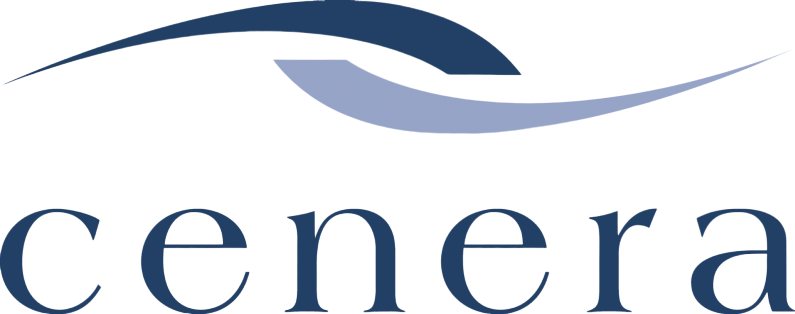A Review of Performance Reviews
A Review of Performance Reviews
If you’re tired of grading employees for past performance instead of improving it in real-time, it may be time to rethink your approach to performance reviews.
The Problem With Performance Reviews
According to Gallup, only 14% of employees strongly agree their performance reviews inspire them to improve.
Conventional employee performance reviews are:
Typically held annually or semi-annually, which gives employees little opportunity to course-correct
Linked to salaries and promotions, which hinders honesty
Often limited to one-sided feedback based on opinions, not data
Impacted by bias, causing employee ratings to be inflated or deflated
Not rooted in a plan to develop employee skills and abilities
3 Ways To Modernize The Performance Review Process
As you welcome the New Year and a new decade, show your employees that you’re willing to shift away from the status quo by reinventing your performance review methods. Here are some ideas to help get you started.
1. Streamline the Process
When onboarding new staff, establish and document clear expectations, rules and requirements between employer and employee.
These may include:
Specific workplace performance goals based on the job description
Clarity on how success will be measured
Scheduled mentorship meetings
Manager checkpoints at one month, three months, six months, and beyond
A clear plan of action for career advancement opportunities
Steps to keep everyone on the same page
2. Set Realistic Employee Performance Goals
Setting measurable and attainable employee performance goals linked to your organization’s overall strategy has been shown to improve employee performance by 12 to 15%, even without financial incentives to accomplish them.
Goal setting should be a collaborative process between employer and employee. Here are some of the most widely used frameworks:
SMART employee goals clearly define expectations and how the goals will be measured.
Specific
Measurable
Achievable
Results-based
Time-bound
The Objectives and Key Results (OKR) strategy defines individual, team, and organization-wide objectives and the key results that need to be realized over time to accomplish them.
3. Enable More Diverse Feedback, More Frequently
By shifting away from one-way criticism to interactive, two-way conversations between managers and employees, you’ll create key opportunities for feedback and improvement.
The foundation for a great feedback relationship can be solidified by a conversation in advance, separate from a feedback discussion, about how each of you prefers to receive constructive feedback. Do you want a ‘heads up’ with some context? Do you just want them to say it? Do you need it positioned with reassurance about positive performance?
Informal check-ins: Create more regular, bite-sized meetings throughout the year to enhance your relationships, build trust, and help employees improve and grow.
360-degree feedback: Solicit feedback from peers, colleagues, direct managers, and indirect managers who have worked closely with the employee. This provides a more robust picture of the employee performance in real-time, allowing them to make the adjustments and decisions needed.
If you’ve been putting off modernizing your performance review process, it’s time to take action. Contact Cenera today to speak with one of our dedicated consultants about updating your employee evaluation and engagement methods. Whether you’re looking for part-time or on-call support, our HR Advisors can provide your organization with a positive HR presence that is dependable, reliable, and responsive.
Contact us today to book your consultation!
P: 403.290.0466
E: info@cenera.ca
Let’s Connect
Never miss an update, click here to subscribe to our monthly newsletter.
Plus, follow us on LinkedIn!
Share This Story, and Choose Your Platform!

